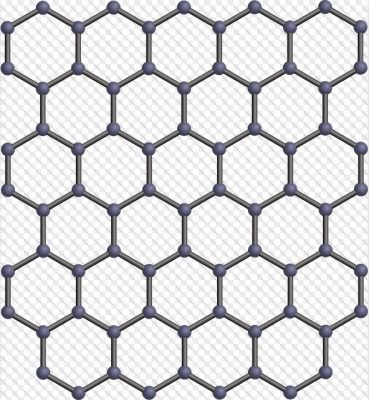A mining company that also makes green energy storage solutions has announced it has set “preliminary numbers” for the graphene battery project it launched last month.
Batteries based on graphene have exciting potential and there are high hopes they will overcome many of the limitations of current battery technologies, particularly in regard to storage capacity, recharge time, size, and environmental impact.
 Graphene is hailed as a “wonder material” because of its remarkable properties.
Graphene is hailed as a “wonder material” because of its remarkable properties.
Image: graphene chemical structure, pixabay-147571
To this end, Saint Jean Carbon Inc – a carbon science company headquartered in Calgary, Canada, with holdings in graphite mining and lithium claims in the province of Quebec – are developing a graphene-based lithium-ion battery.
Graphene – the ‘wonder material’
Graphene is an ultra-thin material made of a single layer of carbon atoms bound to each other in a honeycomb-shaped lattice. It is the world’s first two-dimensional material.
Since it was first isolated at the University of Manchester in the United Kingdom in 2004, graphene has captivated scientists and industrialists all over the world who see potential for almost limitless applications.
Graphene is hailed as a “wonder material” because of its remarkable properties. For example, it is:
– one million times thinner than human hair with a huge surface area
– transparent and ultra-light, yet extremely tough
– harder than diamond and 300 times stronger than steel, but amazingly flexible
– a superb conductor of electricity
– considered environmentally friendly and sustainable
Potential to outperform other types of energy storage
Saint Jean Carbon say there are a “number of very strong possibilities” in how graphene batteries can outperform any other known type of energy storage device.
The key, they claim, lies in how graphene changes the properties of the anode of the lithium ion battery to significantly increase performance – particularly the rate of absorption.
However, a particular difficulty that besets developers making devices that exploit graphene’s superfast electrical conductivity is contamination – it is easy to accidentally introduce impurities into the material.
Even a single foreign molecule can contaminate graphene enough to significantly alter its electrical properties.
However, by using their own graphene production capability, Saint Jean Carbon say the material they will be producing has a purity of “99.999999%gC.”
‘Set new high watermark for performance’
In their latest announcement the company says “preliminary performance markers will be used to judge performance for and against the three prototype graphene batteries in production.”
They are hoping to have the final results ready within three weeks. Company CEO Paul Ogilvie says:
“With the final lab prototype batteries, our goal is to achieve: the fastest recharge, highest density, and greatest capacity within a very small size. If we achieve this, we will have set a new high watermark for performance.”
Last year, the Chinese battery manufacturer Dongxu Optoelectronics unveiled G-King, a graphene battery for potential use in smartphones, tablets, and laptops that takes only 15 minutes to recharge.
Video – the story of graphene
The following video from the University of Manchester in the United Kingdom, tells the story of graphene, explains its properties and how – with its almost limitless applications – the unique material could change the game in many industries.

